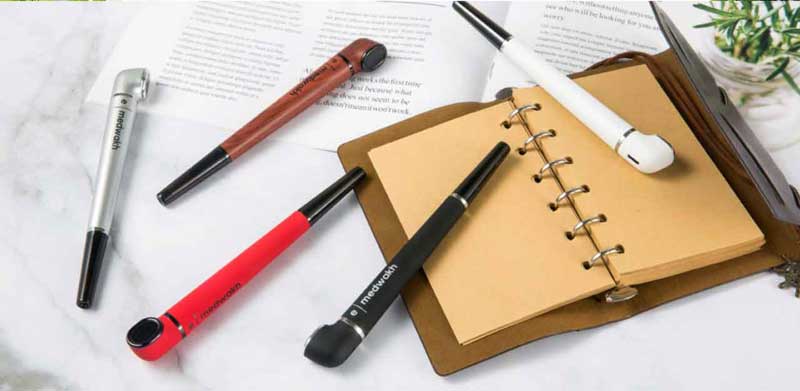How can I get more vapour from my electronic cigarette?
The way you smoke an e-cigarette varies from person to person. Some people prefer liquids with nicotine, others prefer liquids that do not contain addictive substances. There are also different opinions on flavour. Most people prefer fruity or classic flavours such as mint or menthol, but some people try crazy flavours such as fried chicken or crab. The amount of vapour produced by an e-cigarette is particularly important to many vapers. Fortunately, this can be customised with a little know-how.
Increase the amount of vapour produced by your e-cigarette
The amount of vapour produced by an e-cigarette depends on a number of factors. These include, for example, the following
- Composition of the liquid (PG/VG ratio).
- Energy (watt output or temperature)
- Electrical resistance of the vaporiser (measured in ohms) (e.g. for sub-ohm vaping)
- The amount of air (airflow) and
- The method of suction/inhalation when using the vape.
The greater the amount of glycerine, the greater the amount of vapour.
More vapour is produced when vaping with an e-cigarette. In addition to the different flavours and special ingredients such as CBD (cannabidiol), liquids always contain distilled water, PG (propylene glycol) and VG (vegetable glycerin). Propylene glycol, a hydrocarbon compound, is declared as additive 1520 and is completely harmless, but mainly acts as a carrier for various flavours. the more PG, the stronger the throat hit (the throat sensation that occurs when smoking an e-cigarette). the counterpart of PG is VG (vegetableGlycerin): VG makes the liquid more gentle and produces much more vapour than PG. If you want to produce more vapour, you need to choose a liquid that prioritises vapour or throat hit; a liquid with a good balance of PG and VG will give you the best of both worlds.
More power equals more vapour
It’s a simple calculation, but the more power you have, the more steam you will produce. In battery mods with variable wattage, you can adjust the power output individually. For e-cigarettes without a wattage setting, the temperature control can be used to increase the energy. The principle is similar to that of a pot of water. If the temperature is increased, more water vapour is produced. Important: An e-cigarette needs not only a set of configuration options, but also a correspondingly powerful battery.
Low electrical resistance = more vapour in the e-cigarette
In order to channel the battery power (ideally high power) to the evaporator quickly, a low electrical resistance is recommended. The evaporator heats up more quickly and more vapour is produced when the e-cigarette is inhaled. In this context, we are referring to the so-called sub-ohm evaporators with an electrical resistance of 0.15 to 1.0 ohm.
The higher the airflow of the e-cigarette, the more vapour is produced.
To avoid the build-up of vapour produced by a high-power, low-resistance e-cigarette, the suction resistance must be reduced by using the e-cigarette’s airflow control. Disadvantage: Low suction resistance results in a lower density of vapour compared to high suction resistance. As a result, the intensity of the flavour is lost. Setting up the ideal air flow requires a bit of tact and a willingness to experiment.
More lung capacity = more steam than baking steam
There are two basic types of vape smoking: cheek vaping and lung vaping. Baking steam is similar to pulling on a cigarette. The steam is held in the mouth for a short time and only then inhaled into the lungs. The advantage is that the amount inhaled is much greater and the taste experience is more intense.
However, if you want to inhale a large amount of vapour in the sub-ohm range, for example, try using a lung vaporiser with low electrical and draught resistance (i.e. a high air supply). With this inhalation method, the vapour does not stop in the mouth, but is immediately inhaled into the lungs.
